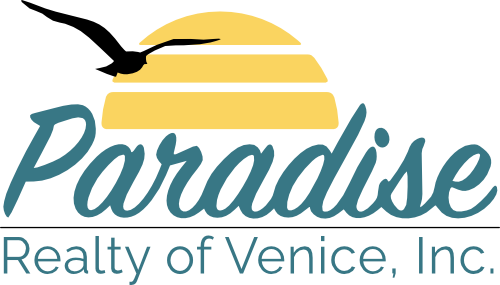Living near the Gulf Coast brings beauty, but also exposure to flood risk. For many buyers and homeowners, flood zones, insurance costs, and regulatory mandates can feel confusing and overwhelming. At Paradise Realty of Venice, Inc., we believe in empowering you with clarity. Here’s what you need to know about flood zones, FEMA’s Risk Rating 2.0, and how to make smart decisions for your property in Southwest Florida.
Flood Zones: What They Mean & Why They Still Matter
- Flood zones (e.g. AE, VE, X) are designations made by FEMA’s Flood Insurance Rate Maps (FIRMs). They show the likelihood of flooding in a given area.
- Under the new risk-based methodology, flood zones are no longer used directly to calculate insurance premiums. However, zones still determine whether flood insurance is required (for federally backed mortgages) and are used for regulation and planning.
- In short: even if your premium is calculated another way now, your flood zone affects whether insurance is mandatory and how your property is managed.
What Is Risk Rating 2.0 & How It Changes Flood Insurance
- As of April 1, 2023, FEMA fully implemented Risk Rating 2.0, a new methodology for setting flood insurance rates. FEMA
- Rather than relying mostly on flood zones, Risk Rating 2.0 considers many property-specific factors, such as proximity to water, building type, elevation, foundation, and the overall cost to rebuild.
- The goal is to make premiums more equitable: high-risk properties pay more, low-risk ones may see relief.
- However, some properties in vulnerable coastal or flood-prone settings are seeing large increases under this new system.
- For primary residences, FEMA has capped annual premium increases at 18 % per year (for existing policies) to soften the transition.
- Many policyholders (around 96 %) will see increases or decreases of no more than $20 per month under Risk Rating 2.0.
Impacts & Considerations for Buyers & Homeowners
- Buyers should always find out flood insurance cost estimates early in their due diligence, especially for coastal or low-lying homes.
- Sellers should disclose flood zone status and ensure policy history is clear.
- Homes in newer high-risk zones or with expensive rebuild costs may carry steep premiums.
- Even homes not in a “high-risk” zone may see increases under Risk Rating 2.0, depending on other factors.
- To mitigate costs: consider elevation improvements, flood vents, swales, or other structural mitigation options (which FEMA sometimes credits).
Tips to Navigate Flood Insurance
- Consult with an experienced insurance agent who understands Florida flood rules and Risk Rating 2.0.
- Ask for the glide path — how your premium might change over time under the caps.
- Use an Elevation Certificate — this may reduce premium if your lowest floor is above base flood elevation.
- Maintain mitigation features and document them (e.g. flood vents, grading, dry floodproofing).
- If you sell the property, some discounts can be transferred.
